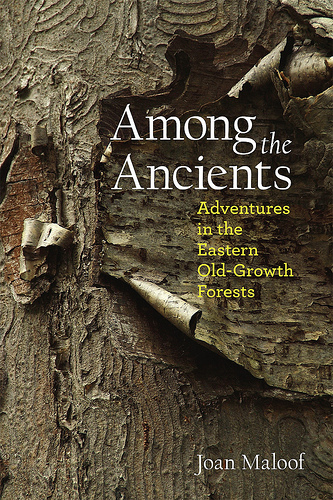Of all the literary themes out there trees happen to be one of my favorite. One of the best authors in this genre is, surprisingly, fantasy giant J.R.R. Tolkein. In his series of novels, The Lord of The Rings, he goes on endlessly about trees giving them an entire culture and personifying them with eyes, mouths, legs, wives, and even a flock (of trees) to shepherd. He is fascinatingly descriptive and beautiful, and, unfortunately, none of that made it into the the movie versions.
In some ways Tolkein was a vanguard, ahead of his time, as modern science is revealing just how important trees are to the environment. In his book Collapse, Jared Diamond discusses how entire societies failed due to mismanagement of trees (cutting too many down). He digs into the research uncovering how trees and tree roots tie together entire ecosystems and without them catastrophic events happen like wildfires, species extinction, desertification, and more.
If you dig into the tree world you quickly realize that one particular group is the CEO of the forests. The boss, the elder, and the strongest. Trees that in every way dominate the ecosystem. They are the old trees, well old in terms of human beings. In their world they are simply several hundred years old and considered middle age.
A grouping of these trees together is called an Old-Growth Forest. Among the characteristics of these groupings are an incredible resistance to forest fires, copious amounts of wildlife (including rare and threatened species), and even an ability to affect weather patterns. It is quite common for developments to pave into these old forests only to find that fires suddenly become a problem or see the land turn dry and become a desert.
 If this fascinates you or if you just want to visit an Old-Growth Forest than I have the book for you, Among the Ancients, Adventures in the Eastern Old-Growth Forests.
If this fascinates you or if you just want to visit an Old-Growth Forest than I have the book for you, Among the Ancients, Adventures in the Eastern Old-Growth Forests.
The author, Joan Maloof, has personally visited each one and brought back meticulous detail about how to get there and what to look for. I want to call it a field guide but it is more than that. She provides narration and descriptions in the middle of the “turn-left here” moments.
Take this description:
“The webs I saw were a few inches across and not the type strung between branches; instead they were like webby sheets attached to ridges in the bark. As I looked closer I noticed, somewhere on each of these webs, a circular hole receding from the surface down toward the trunk like a funnel. This was the work of a funnel-web spider”
“The sheet of web isn’t sticky like a most other webs; it functions more like the head of a drum. When a small insect causes the web to vibrate, the spider senses it an zooms out of its funnel hole. He captures the insects, bites it, wraps it in silk, and drags it down the hole. Some types of spiders spin a new web every evening, but the funnel-web keeps the same one all year, making repairs as necessary.”
It’s a beautiful description of the funnel-web spider and it instantly brought me back to my own adventures in nature. I can picture that strong white funnel web and the spider sneaking around behind it. It offers such a tantalizing view into the abundant wildlife in old-growth forests. Places where you can find creatures beyond your wildest imagination.
The book covers the entire east coast (South, North, Mid) and I have read through all the adventures in my native Mid-Atlantic neighborhood, and I can’t wait to go through the other regions. A few brief glances at them have offered delightful glimpses of exotic creatures and forests.
If you are a nature lover or if any of this has grabbed your attention then the book is definitely worth checking out.
More information about the book can be found at Ruka Press, a local Washington D.C. based publishing company committed to environmental principles in book publishing.